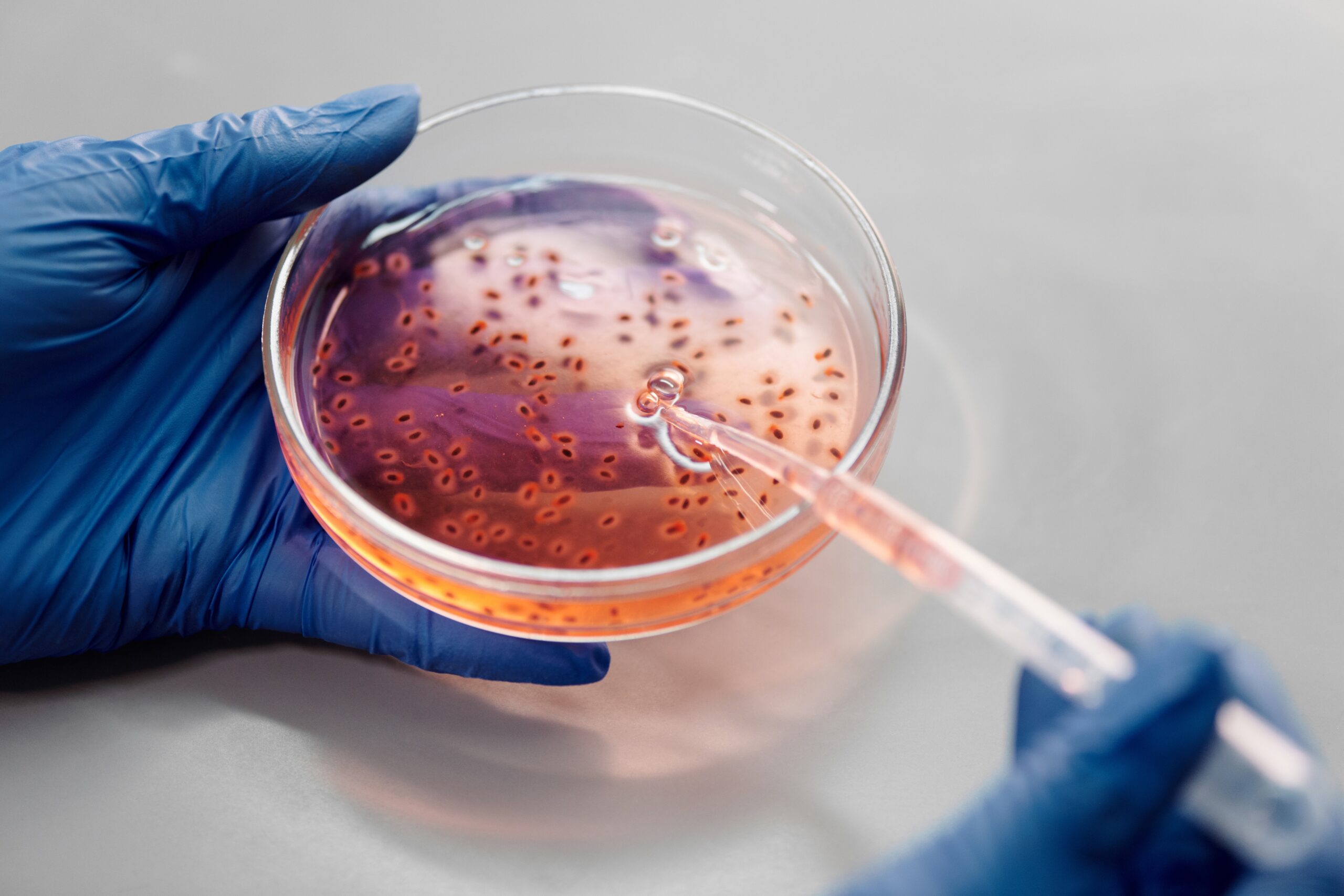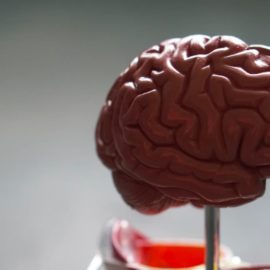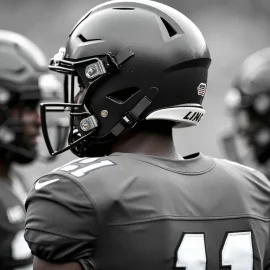

This article is an excerpt from the Shortform book guide to "Your Inner Fish" by Neil Shubin. Shortform has the world's best summaries and analyses of books you should be reading.
Like this article? Sign up for a free trial here .
What are human hox genes? What does this gene do and how is it important for human development?
Human hox genes control the development of tissue and bodies. We share this Hox gene with other creatures.
Keep reading to find out more about the human hox gene’s function and where it came from.
Experimenting With Embryos: Identifying The Human Hox Genes
In an effort to learn more about how embryos develop body structures and organs, early scientists experimented with them by cutting, grafting, and treating them with chemicals This eventually lead to the human Hox genes definition in biology.
In 1903, German embryologist Hans Spemann determined that more than one individual can come from a single egg—he pinched apart a newt embryo making two clumps of cells. Each clump formed a newt, showing that embryonic cells can build a whole body.
In the 1920s, another researcher, Hilde Mangold, grafted a bit of newt embryo tissue containing all three germ layers onto an embryo of another species. The transplanted tissue developed a full newt body on the back of the second embryo. Scientists called the bit of tissue, which directed other cells to form a complete body, the Organizer.
Another researcher figured out how to label cells so their development into body parts could be traced. This led to an embryo map showing where every organ begins.
All mammals, birds, fish, and amphibians have Organizers, which initiate the bodybuilding process, telling each clump of cells in the embryo to follow the body plan for that animal. The key is that the Organizer contains DNA with the recipe—shared by humans and all animals—telling cells how to build bodies.
The Hox Gene
What is the human Hox genes definition in biology? Modern embryologists studying fruit flies learned that genes in the Organizer called Hox genes control the development of tissues and bodies.
Fruit flies are a good study subject because they often develop mutations—scientists have been studying them for over a hundred years. For instance, sometimes a leg develops where an antenna should, or there’s an extra set of wings or missing body segments.
By comparing chromosomal differences between normal flies and mutated flies, scientists identified the genes responsible for various mutations. They’re arranged in a sequence in order of the body part they affect—for example, the genes in the middle of the sequence affect the middle part of the fly.
This DNA sequence is called a homeobox and the genes comprising it are called Hox genes. All animals have Hox genes, with complex animals having more. Every Hox gene is a version of the same basic template. They direct the construction of the body from front to back in all animals. They control body proportions and development of organs, limbs, and genitalia. Changes in these genes result in deformities. For example, if a Hox gene controlling the middle section of a fly is missing, the fly lacks that segment. This is part of the human Hox genes function.
DNA and the Organizer
Further study of Hox genes fucntion led scientists back to the Organizer, which, in addition to containing Hox genes, was found to contain several other types of genes that interact to affect body development.
A gene called the Noggin directs the embryo to make a head. It works with another gene called BMP-4 that forms the bottom or belly side of an animal. Where Noggin is active, it turns off BMP-4 in cells so they can’t develop into bottom cells—instead, the cells become top cells. Genes interact with each other this way at all stages of development.
Now you know the human Hox genes definition in biology, as well as the Hox genes function.

———End of Preview———
Like what you just read? Read the rest of the world's best book summary and analysis of Neil Shubin's "Your Inner Fish" at Shortform .
Here's what you'll find in our full Your Inner Fish summary :
- How your hands and feet are like a fish that lived hundreds of millions of years ago
- How the structure of your head can be traced back to an ancient, headless worms
- What parts of your body are uniquely human






